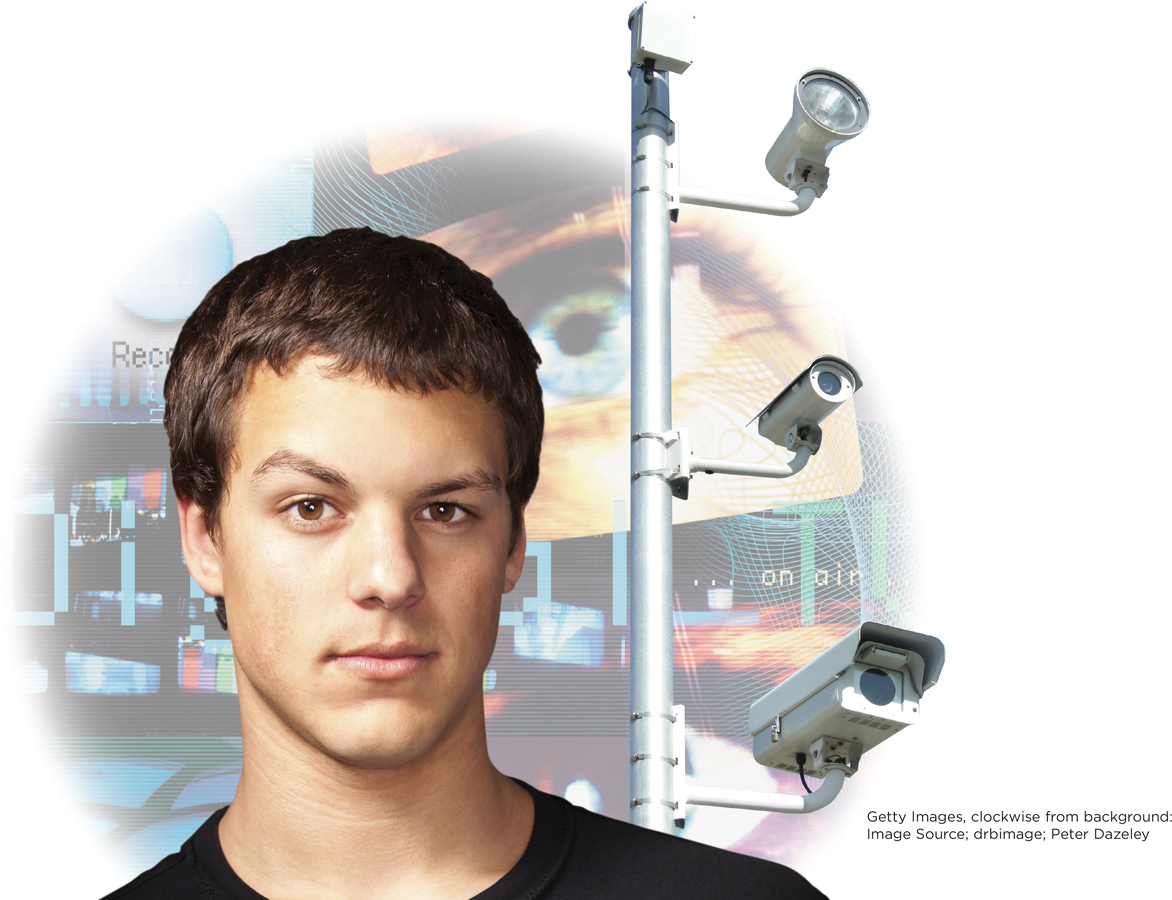Chapter 10 Introduction
Emotion, Stress, and Health 10

CHAPTER OUTLINE
Defining Emotion and Mood
Emotion
Mood
Emotion
Why Do We Have Emotions?
RESEARCH TOOLKIT: Facial Action Coding System (FACS)
Why Do People Have Different Emotional Reactions to the Same Event?
CULTURAL OPPORTUNITIES: Culturally Specific Emotion
Can You Control or Predict Your Emotions?
THIS JUST IN: Making Yourself Happier
Mood
The Structure of Mood
Improving Your Mood
Mood, Thought, and Behavior
Emotion and the Brain
Classic Conceptions of Body, Brain, and Emotion
The Limbic System and Emotion
The Cortex and Emotion
Stress and Health
Stress
Health Effects of Stress
Coping with Stress
Looking Back and Looking Ahead
IN THE AIRPORT OF THE FUTURE, a computer at the security checkpoint will read your mind and determine whether you intend to commit a terrorist act.
Science fiction? The U.S. Department of Homeland Security (DHS) doesn’t think so. In fact, it’s been working on such a computer system for years. Project Hostile Intent, a DHS research program, aimed to identify passengers who might be trying to deceive security officers (Department of Homeland Security, 2008). This effort continues today with DHS’s Future Attribute Screening Technology (FAST) project (DHS, 2011).
How does the program work? Homeland Security doesn’t tell us, exactly, because “the specific behavioral indicators being measured are sensitive information and therefore are not…discussed” (DHS, 2008, p. 2). But you can take an educated guess—
When you experience an emotion, it shows on your face. Even if you try to hide the emotion, it still shows for a very brief period of time. Fleeting facial-

An emotions researcher, Paul Ekman, has developed a way to detect micro-
In Ekman’s original research, videos of facial expressions were classified, or coded, by people—![]()
“WHAT ARE YOU thinking about?”
People ask this all the time. Sometimes your honest answer is “Nothing; I wasn’t thinking about anything.” You were just spacing out.
“How are you feeling?”
People ask this all the time, too. But, the honest answer never is “nothing.” You’re always feeling something: tired, peppy, bored, intrigued, angry, grateful, calm, anxious. Feelings are ever-
This chapter begins by exploring two types of feelings: the rapidly occurring and sometimes intense experiences we call emotions; and the relatively long-